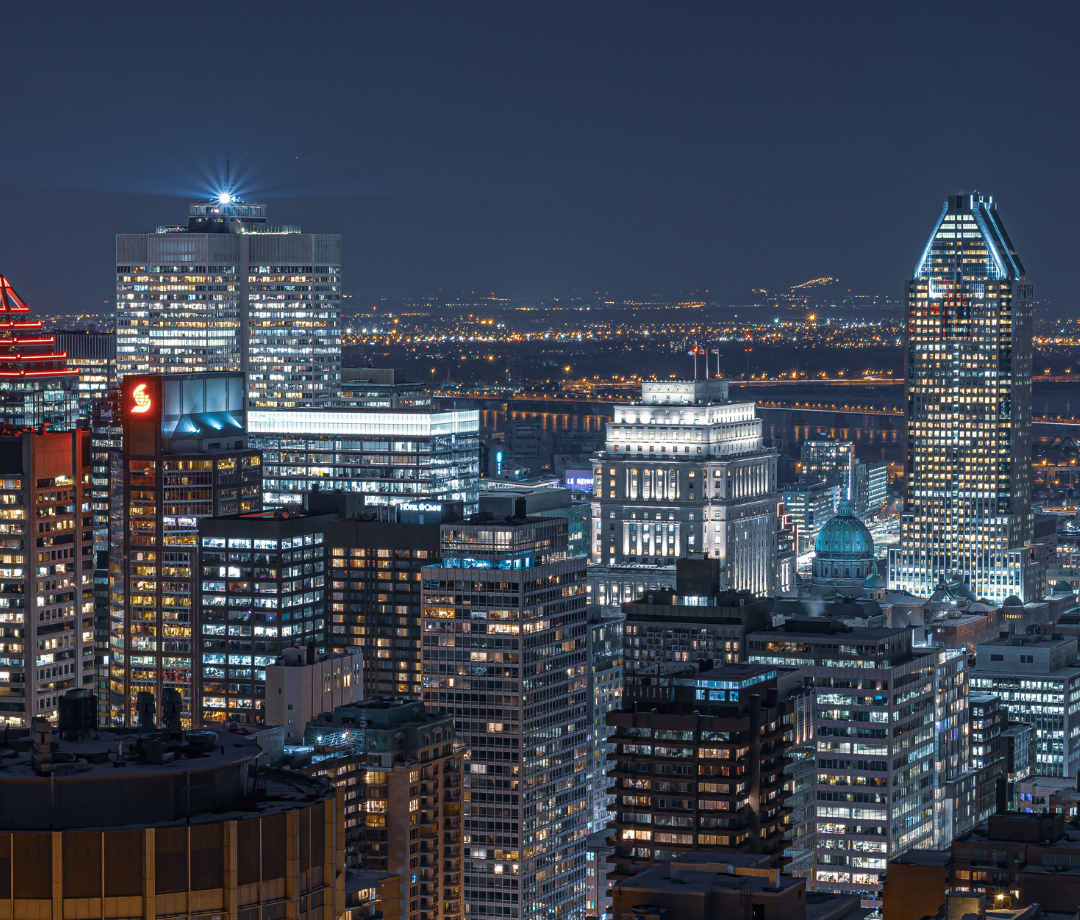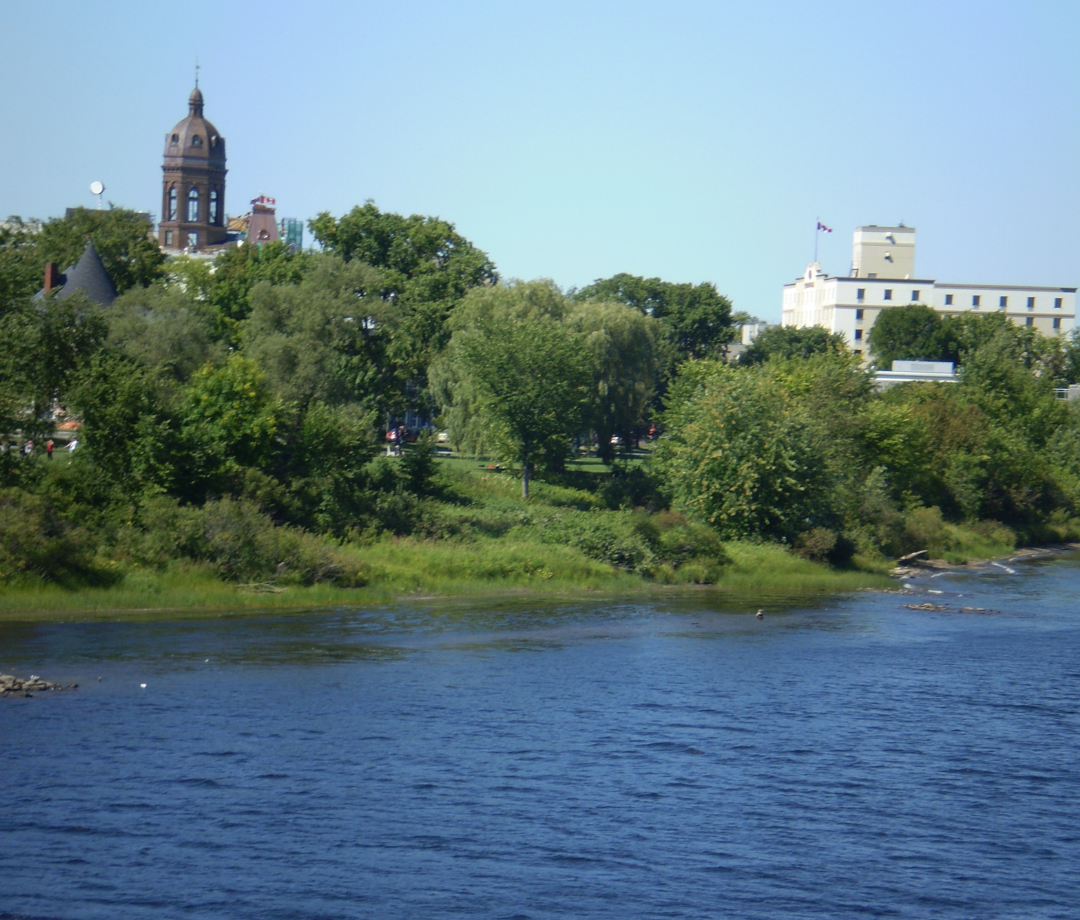What Is Climate Like In Montreal?
Montreal is seen as a Dfb climate, (continental, no dry season, warm summer), according to the Koppen Climate Classification, which gives a basic overview of the climate of every location on Earth, grading everything into helpful categories. This Dfb climate classification is also experienced in Edmonton, Halifax, and Winnipeg, among others.
The D in Dfb refers to a continental climate. The other types are tropical climate (A), dry climate (B), temperate climate (C), and polar climate (E). Tropical climates are generally very warm and rainy, with every month having an average temperature of 18 C (64 F) or more. Dry climates (B) generally lack precipitation and are seen as either arid deserts or semi-arid areas, having a variety of temperatures. Temperate climates (C) and continental climates (D), both have very extreme seasons, with each of spring, summer, fall and winter being very distinct. They also both tend to have more extreme local storms, such as tornadoes and thunderstorms. They both have at least one month where the temperature is warmer than 10 C (50 F) and a month with an average temperature below 18 C (64 F). The main difference is that temperate climates, such as the one experienced in Montreal, have an average temperature below freezing for at least one month. Polar climates (E) are one where every month has an average temperature below 10 C. Montreal’s continental climate means it is cooler than average, but not to any extreme amount, with temperatures that fluctuate wildly throughout the year.
The (f) refers to not having a dry season. If the winter had significantly more precipitation than the summer, it would have been given an (s) for dry summer instead of an (f). If it had been the other way around, it would have been given a (w) to represent dry winter. It should be noted that in these cases, summer refers to the months of April – September, while winter refers to October – March.
The (b) refers to having a warm summer, which means that at least four months have an average temperature of above 10 C (50 F), but no month has an average of over 22 C (72 F).
What Is Everyday Weather Like In Montreal?
One thing that will likely appeal to people about Montreal is that it can be one of the sunniest cities in Canada, while also being one of the warmest cities in Quebec. However, this doesn’t mean that it is immune to harsh storms, as it did experience a blizzard in 1971 that was so bad it was called the storm of the century by those who experienced it. It is also in what is widely considered Canada’s tornado alley. The city will generally get its share of snow in the fall, but otherwise is relatively warm, and will generally have wind speeds averaging around 10 km/h (6.2 mph) or slightly higher throughout the year, with most months having about 10 days of precipitation each.
What Is Spring Like In Montreal?
Spring (March-May) in Montreal starts with subzero temperatures and snow but gets much warmer. Highs in March will generally range from freezing to 5C (41 F), with lows hovering around -5 C (23 F). However, things generally get better, with April’s highs and lows being about 5C warmer, highs reaching about 20 C (68 F), and lows around 10 C (59 F). Both humidity and cloud cover will average out to being in the 60% throughout the entire season, starting with an average in the high 60s in March, and dropping to the low 60s by May. Each month will average in the general area of 100mm of precipitation, with a moderate amount of snow in March, a sizably smaller amount in April, and snow being rare in May.
What Is Summer Like In Montreal?
Summer (June-August) has a pretty consistent temperature in Montreal, at least when it comes to average highs and lows from month to month. Throughout the entire season, highs will average about 25 C (77 F) with lows around 15 C (59 F). Precipitation will generally average from 100 mm to 150 mm, with snow being extraordinarily rare, with its presence at any point in the summer being extremely unusual. Humidity hovers in the general area of 70% in an average year, with cloud cover generally averaging from 45% to around 60%.
What Is Fall Like In Montreal?
Like in many other cities, Montreal’s fall (September – November) is the reverse of its spring when it comes to temperature. September will have an average high of about 20 C (68 F) and average lows of around 10 C (50 F). By November, highs will be around 5 C (41 F), with lows around freezing, making it just a small touch warmer than spring on average. It will also start with about 50% cloud cover, in September, and works its way up to about 70% by November. Humidity is at around 70%-75% throughout the entire season, with around 75 – 100 mm of precipitation per month being around the norm, with snow usually only appearing in November. It should also be noted that leaves do change colour in the fall, with October being the best month to see it.
What Is Winter Like In Montreal?
Winter (December – February) in Montreal, while seemingly cold, is relatively consistent. Highs will range from freezing to -5 C (23 F) with lows hovering around -10 C (14 F) on average. There will be an average of around 75 mm of precipitation each month, with about two-thirds of it being snow. Cloud cover and humidity with average out to between 70% and 80% each month. While this might seem cold, it does show that even this far north there is a fair bit of time with temperatures above freezing.
Is Montreal For Me?
If you want to avoid hot summers and are okay with cool, but not overly cold weather, Montreal can be a great place. With wind and precipitation both in moderate amounts, these things generally won’t turn off too many people. If this relatively moderate range of temperatures without many other extremes sounds like what you might want to face, Montreal might be a solid place for you to settle down.



